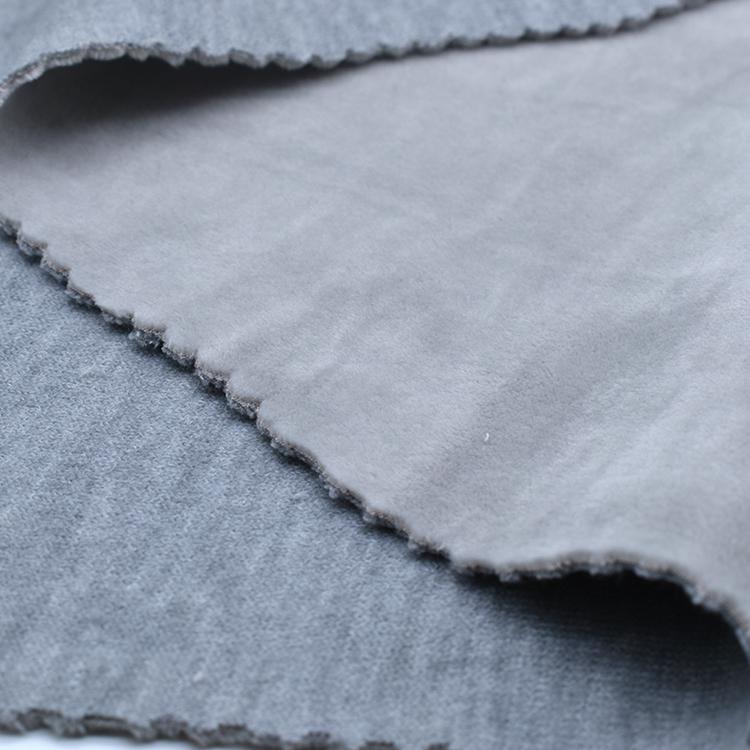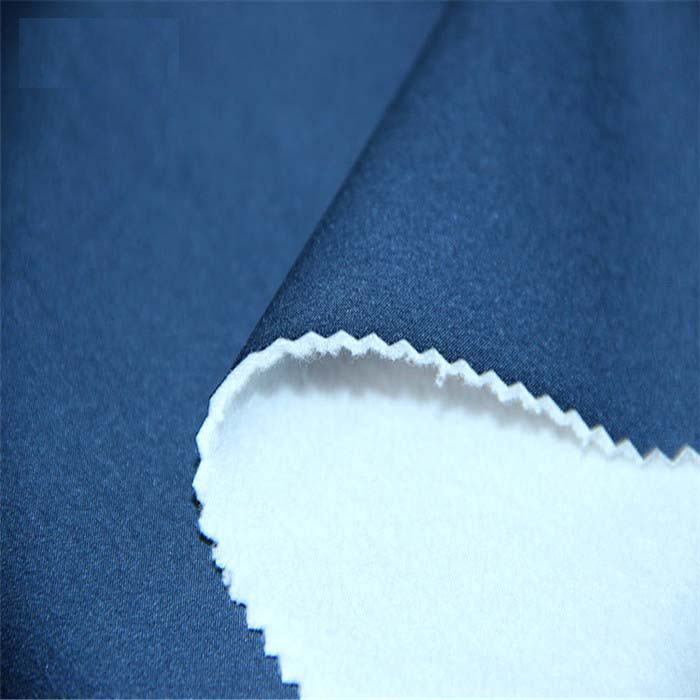[Adhesive] Detailed explanation of the adhesive solution for automotive carpets! Old man, get in the car quickly!
Car carpet: refers to the surface of chemical fiber needle-punched carpet fabric or tufted carpet fabric Trim molded or composited with other structural materials. 
Glue for automotive carpets: can be divided into fiber consolidation according to function There are two types: glue (i.e. glue for automobile carpet fabric/also called glue for the back of carpet) and glue for composite fixed assembly (glue for automobile carpet composite).
1: Gluing the car carpet fabric (gluing the back of the carpet)
1. Introduction to car carpet fabric gluing
In the early days, styrene-butadiene latex (SBR) was used as the backing fiber latex in civilian chemical fiber carpets. Later, with the development of the Chinese automobile industry In the development of needle-punched carpets with styrene-butadiene latex backing, they were used as materials for heated compression molding. Terpolymer carboxyl styrene-butadiene rubber is produced by polymerization of butadiene, styrene, unsaturated carboxylic acid, etc., which can be used as both a consolidating fiber glue and a styling glue. It has good permeability and bonding properties and high conjunctival strength. High, and a large amount of filler can be added. At present, with the improvement of automobile environmental protection requirements and the continuous improvement of VOC, odor, atomization and other indicators, acrylic emulsion has gradually replaced styrene-butadiene latex; at the same time, due to the cost, thinness and craftsmanship of automobile carpets, surface carpets The adhesive applied on the back only serves to consolidate the fibers to improve the wear resistance of the surface. The shape-retaining function and thickness of the product are combined with another layer of lower cost foundation through hot melt adhesive (EVA/PO/PUR). Structural materials (such as sheets, PP, ABS, etc.) to meet design requirements.
2. Car carpet fabric gluing process
Two: Glue for automotive carpet lamination
Carpet composite glue: The glue used for the composite bonding of automobile carpet fabrics and basic structural materials is called automobile carpet composite glue. 
Introduction to automotive carpet composite adhesive:
In the early days, carpet lamination was mainly based on solvent-based chloroprene adhesives and solvent-based polyurethane adhesives, which had poor environmental protection . Nowadays, with the improvement of automobile environmental protection requirements, there are many types of composite adhesives. Parts manufacturers can choose different composite adhesives according to the materials of composite fabrics and basic structural materials, such as water-based polyurethane adhesive, EVA hot melt adhesive, PSA elastomer thermal adhesive. Melt adhesive, PO polyolefin hot melt adhesive, PUR reflective hot melt adhesive, etc.
Solvent-based glue
Category Solvent-based polyurethane glue
Physical properties: low-viscosity liquid, viscosity at 25℃: 12000~24000, solid content: 30-50%
Dispersion method: disperse in solvent
Curing method NCO group reacts with active groups in the adherend
Typical uses: full-surface bonding between carpets and felts, carpets and skeletons, composites of carpet fabrics and fiberboards
Performance requires sufficient initial adhesion
The influencing factors of initial tack are related to the amount of glue applied, the degree of solvent evaporation, the temperature of the composite mold, the composite time, etc.
Before using the glue coating process.;’>The glue coating process is heated and melted, spiral sprayed, completed in <1 minute, and kept at room temperature
Usage evaluation advantages: environmental protection, low VOC, good temperature resistance, high strength, excellent aging resistance, high efficiency;
Disadvantages: short opening time, high process rhythm requirements
Prospects and trends★★★★
Hot melt adhesive (EVA hot melt adhesive)
Category EVA (ethylene-vinyl acetate Copolymer)
Physical properties Solid at room temperature into blocks, granules, powder, strips, Viscosity 160℃: 2000~10000mPas, solid content: 100%
Dispersion method heating It becomes liquid and disperses by itself
Curing method: cooling and solidification
Typical uses: Fixing and bonding felt and soundproof cotton materials with metal or non-metal, mainly peeling Components that do not require very high strength
Performance requirements are environmentally friendly, but bonding strength is not required Very high, under the requirements of low temperature resistance
Influencing factors of gluing Trajectory and shape (point, strip, floc, spiral, fiber), glue application method (spray, scrape, point, roller, etc.), glue output, heating and melting temperature, glue opening time, pressure holding method , the process rhythm of gluing, maintaining pressure and compounding,
The gluing process is heated and melted, Apply glue on one side, laminate in about 1 minute, keep under pressure and cool
Usage evaluation Advantages: environmentally friendly, low VOC, high efficiency
Disadvantages: only suitable for low peeling force The product is made of thin and light materials and cannot adapt to high temperatures
Prospects and Trends★★
Hot melt adhesive (PSA hot melt adhesive)
Category PSA (pressure sensitive ) type hot melt adhesive
Physical properties Solid block and granular form at room temperature, viscosity 170℃ : 8000-12000mPas, softening point about >110 degrees, solid content: 100%
Dispersion method: After heating, it becomes liquid and disperses by itself
Curing method: Cooling and solidification
Typical uses are suitable for large areas, low bonding strength, soft materials such as sound insulation Bonding of cotton and soft non-woven materials
Performance characteristics: elastic, sticky The bonding strength is lower than that of PO hot melt adhesive
Influencing factors The track and shape of glue application (point, strip, wadding, spiral, fiber), glue application method (spray, scrape, point, roller, etc.), glue output, heating and melting temperature, glue opening time, pressure holding method, glue application The process rhythm of pressure-holding and compounding,
The glue coating process is heated and melted, spiral sprayed, <1 minute to complete lamination, keep pressure at room temperature
Usage evaluation advantages: environmentally friendly, Low VOC, suitable for large area bonding
Disadvantages: low bonding strength
Prospects and Trends★★★★
Hot melt adhesive (PUR reactive hot melt adhesive)
Category PUR (reactive) hot melt adhesive
Physical properties: solid at room temperature, must be stored in sealed bottles or cans, viscosity 130℃: 18000mPas, solid content: 100%
Dispersion method: After heating, it becomes liquid and self-disperses
The curing method is physical solidification by cooling, and then cross-linked by reaction with hydrides such as moisture or NCO groups
Typical uses are suitable for lamination of high-temperature resistant and flame-retardant materials, bonding of materials with high strength requirements, lamination and hemming of carpets and panels
Performance characteristics suitable for large-area spiral glue spraying, high temperature resistance
Influencing factors Gluing method (spray, scrape, dot, roller, etc.), glue output, heating and melting Temperature, glue opening time, pressure holding method, glue application, pressure holding and compounding process rhythm
The glue coating process consists of heating and melting, spiral spraying, composite cooling, and pressure keeping at normal temperature
Usage evaluation advantages: environmentally friendly, high strength, suitable for large-area bonding, and can be melted by secondary heating
Disadvantages: high price and special equipment required
Prospects and Trends ★★★★
“sans serif”, tahoma, verdana, helvetica; font-size: 12px; text-wrap: wrap;’>Hot melt adhesive (PUR reactive hot melt adhesive)
Category PUR (reactive) hot melt adhesive
Physical properties: solid at room temperature, must be stored in sealed bottles or cans, viscosity 130℃: 18000mPas, solid content: 100%
Dispersion method becomes liquid after heating and disperses by itself
The curing method is cooling and physical solidification, and then reacts and cross-linked with hydrides such as moisture or NCO groups
Typical uses are suitable for lamination of high-temperature resistant and flame-retardant materials, bonding of materials with high strength requirements, lamination and hemming of carpets and panels
Performance characteristics suitable for large-area spiral glue spraying, high temperature resistance
Influencing factors Gluing method (spray, scrape, dot, roller, etc.), glue output, heating Melting temperature, glue opening time, pressure holding method, glue application, pressure holding and compounding process rhythm
The glue coating process includes heating and melting, spiral spraying, compound cooling, and pressure keeping at normal temperature
Usage evaluation advantages: environmentally friendly, high strength, suitable for large-area bonding, and can be melted by secondary heating
Disadvantages: high price requires special equipment
Foreground and Trend★★★★



